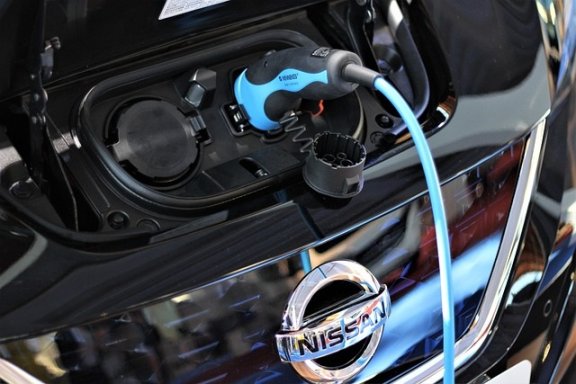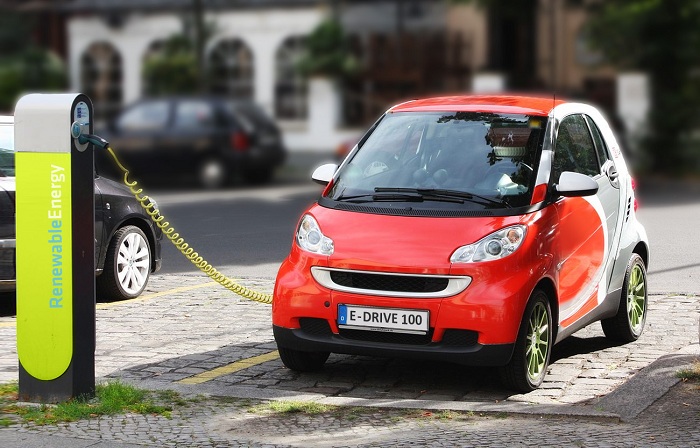Electric cars are propelling us into a future of clean, sustainable, and increasingly efficient travel. The last decade has seen a multitude of advancements in the development of electric vehicles (EVs), ensuring their ascent from a niche market to a viable competitor to petrol and diesel-fuelled vehicles. This article highlights the key technological innovations in electric cars, spotlighting the Ora Funky Cat and the Nissan Leaf among these trailblazers.

Improved Battery Technology
One of the most significant developments in the electric car market has been advancements in battery technology. Initially, electric cars struggled with short driving ranges due to the limitations of their batteries. Now, with enhanced lithium-ion technology, EVs offer comparable ranges to their petrol-driven counterparts. The energy density has significantly improved, enabling vehicles to travel further on a single charge.
Moreover, solid-state batteries are on the horizon. These promise even greater energy density and safety by replacing the liquid or gel electrolyte with a solid. The result is a battery that can potentially hold more charge and is less prone to overheating or leaking.
Fast Charging Infrastructure
Another considerable leap forward for electric vehicles has been the advancement in charging technology and infrastructure. The rise of supercharger networks has reduced ‘charge anxiety’ for EV owners. Charging stations are now more commonplace, and ‘fast charging’ capabilities allow batteries to replenish rapidly.
The Nissan Leaf, for example, takes advantage of this technology. It supports both Level 2 charging (which typically takes 5-6 hours for a full charge) and DC Fast Charging (capable of achieving 80% charge in roughly 30 minutes). This versatility empowers Leaf drivers, offering them charging options to fit any schedule.

Intelligent Energy Management
The introduction of intelligent energy management systems has greatly increased the efficiency of electric vehicles. These systems manage the power distribution within the vehicle, directing energy where it’s most needed and conserving it where it isn’t. Moreover, regenerative braking, now a standard feature in EVs, converts kinetic energy back into usable power during deceleration, further enhancing their efficiency.
Connectivity and Self-Driving Technology
With the emergence of 5G networks, the connected car has become a reality. This interconnectivity, combined with developments in AI and machine learning, has enabled significant strides in autonomous driving technology. Many electric vehicles now come equipped with advanced driver assistance systems (ADAS), leading the charge towards fully autonomous vehicles.
The Ora Funky Cat, produced by Great Wall Motors, has integrated these technologies in an avant-garde, retro-inspired package. This vehicle boasts intelligent features, including ADAS and a high level of connectivity, enhancing both the safety and convenience of the driving experience.
Lighter, Stronger Materials
Weight is a crucial factor in an electric car’s range, and manufacturers are increasingly utilising lighter, stronger materials in their designs. The extensive use of aluminium, high-strength steel, and even carbon fibre helps to reduce weight and increase efficiency, without compromising on safety.
Sustainable Manufacturing Processes
Lastly, a notable advancement doesn’t lie in the vehicles themselves, but in the process of making them. EV manufacturers are increasingly turning to renewable energy to power their plants, and are innovating in the use of sustainable, recycled materials in their cars. This not only makes the end product more environmentally friendly, but the entire lifecycle of the vehicle is becoming greener.
The Role of AI in Electric Vehicles
Another important facet of technological advancements in electric cars is the integration of artificial intelligence (AI). AI isn’t just contributing to the development of self-driving technology; it is playing an increasingly important role in energy management and predictive maintenance. AI systems can analyse driving habits, traffic situations, and the vehicle’s condition in real-time, adjusting energy usage or alerting drivers to potential issues before they become serious. It’s all part of creating a safer, more efficient, and more personalised driving experience.
Battery Recycling and Second-Life Applications
As electric vehicles become more prevalent, we are also seeing technological advancements in the handling of end-of-life batteries. The recycling of batteries can be complex due to their composition, but new techniques are being developed to make this process more efficient and less environmentally damaging. Moreover, there are second-life applications for electric car batteries. When they are no longer optimal for use in vehicles, they can still hold a sufficient charge for use in less demanding applications like energy storage systems. This repurposing significantly extends the life of the batteries, delaying the need for recycling and thereby reducing environmental impact. This technological innovation completes the circular economy of electric vehicles, pushing the boundaries of sustainability in the industry.
Conclusion: The Road Ahead
The electric car industry continues to innovate at a remarkable pace, with vehicles like the Nissan Leaf and the Ora Funky Cat pushing boundaries in different aspects of EV technology. Improved battery technology, fast charging infrastructure, smart energy management, advances in connectivity and autonomous driving, and sustainable manufacturing processes are just the tip of the iceberg.
As we look forward, we can expect to see further improvements in these areas and others, such as wireless charging, further integration of renewable energy sources, and ever-increasing connectivity. As technology continues to advance, electric cars will undoubtedly play a significant role in our sustainable future.
